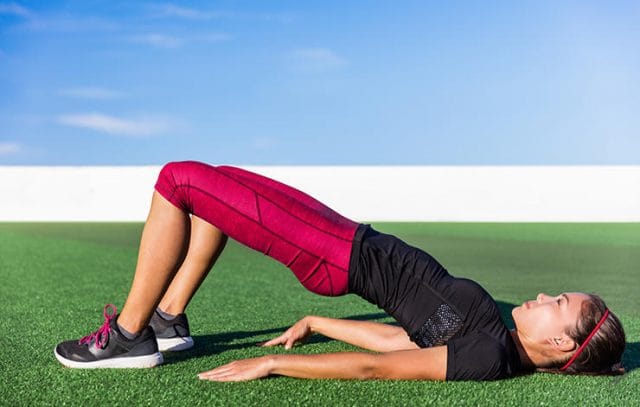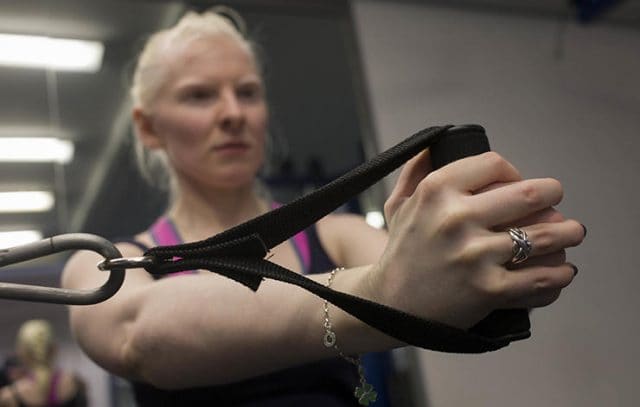Why They Rock: Chris Burnham, a cycling coach and author of Weight Training for Cyclists: The Ultimate Guide, says this is his favourite move. “Our core’s primary goal is to stabilise our spine, while our extremities do work. For cyclists, a lot of that stabilisation is controlling rotational forces. The better we can stabilise our core, the more power we can put out,” he says. And your transverse abdominals—which you work in the Palloff press—are crucial for stabilisation.
How to Do ‘Em: Stand with your feet slightly wider than shoulder width, knees slightly bent, shoulders back, and chest tall. Using a cable-pull machine with a single-hand attachment, or a rubber resistance band set up to your side, grab the handle and take a step away from the strap, so there is tension on it. Start with your hands close to your chest and press straight out keeping your shoulders, arms, and hips straight ahead. The cable or band will try to rotate your torso; resist this rotation. Hold for three to five seconds and bring your hands back to your chest to complete the rep. Switch sides and repeat.
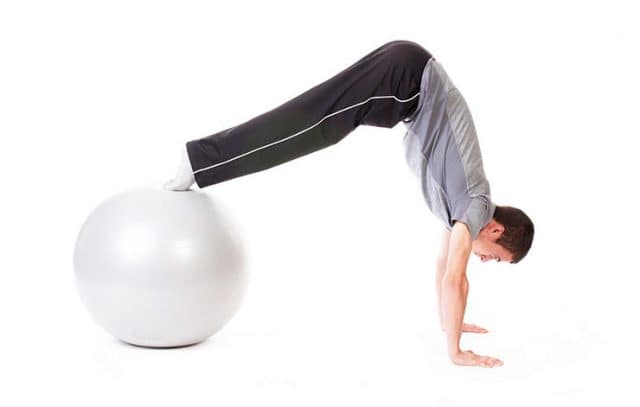
Why They Rock: Moves with an instability component force you to confront any muscle imbalances or weaknesses you may have. “If you’re going off balance, your body is going to let you know,” says Durner. This pike is a great one for testing where you’re weak.
How to Do ‘Em: Start in a plank position with your feet up on an exercise ball. Keeping your knees straight, bring the ball in toward your hips—your butt should be pointed up to the sky. Beginners can start by bending their knees and simply bringing the ball in toward their chest, but once you’ve mastered that, move on to the full, straight-knee pikes.
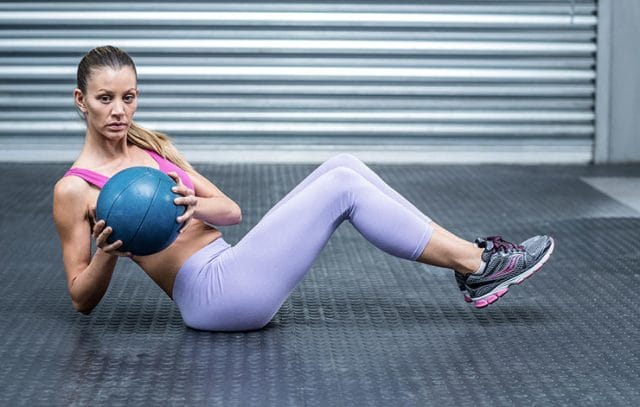
Why They Rock: “You’re hitting the obliques and the transverse abdominis,” says Derner, adding that rotational moves like this really target the muscles that keep you steady when climbing.
How to Do ‘Em: Sit on the floor with your knees bent and your feet slightly off the ground (yogis will know this as boat pose). Twist your torso all the way to one side, then all the way to the other. Keep the work in your abs—if your neck is starting to look like that of a constipated turtle, relax your shoulders and try to really squeeze your abs. For more intensity, lean back further or hold a small weight in your hands.
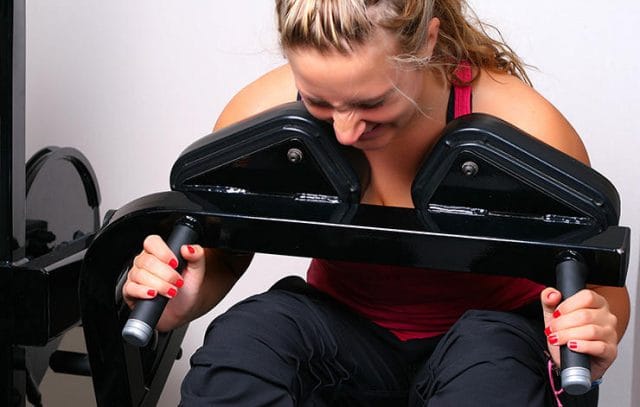
Why They Don’t Rock: “It’s just generally not a normal range of motion and you may be working against a weight that isn’t right for you,” says Durner. Plus, ab machines are often confusing. If you don’t know how to use it properly, you’re better off just skipping it, rather than risking an injury.
Durner says that the best exercises are those that use your bodyweight and some sort of balance element, since stabilising your body as you move through the motion engages more muscles than one machine ever will.
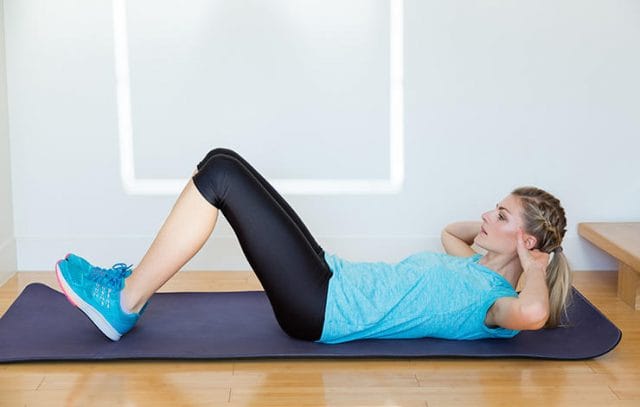
Why They Don’t Rock: These moves are Burnham’s biggest pet peeves. “Not only are these dangerous, as both have been linked with spinal micro-fractures, but they increase strength in a non-athletic way,” he says.
Essentially, the whole point of core strength isn’t to have nice abs—it’s to stabilise your spine and protect your back from injury. Sit-ups and crunches will never give you the functional strength you need.
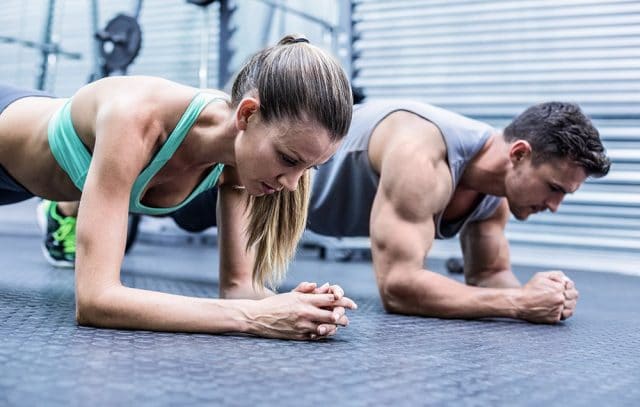
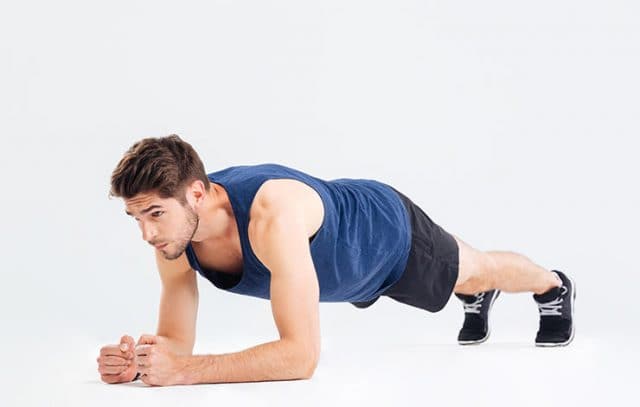
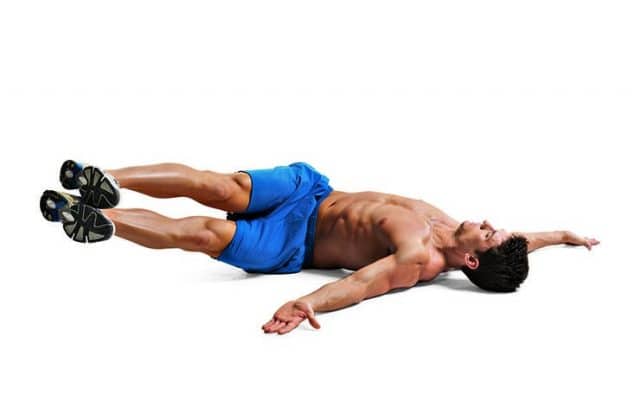 Windshield Wipers
Windshield Wipers